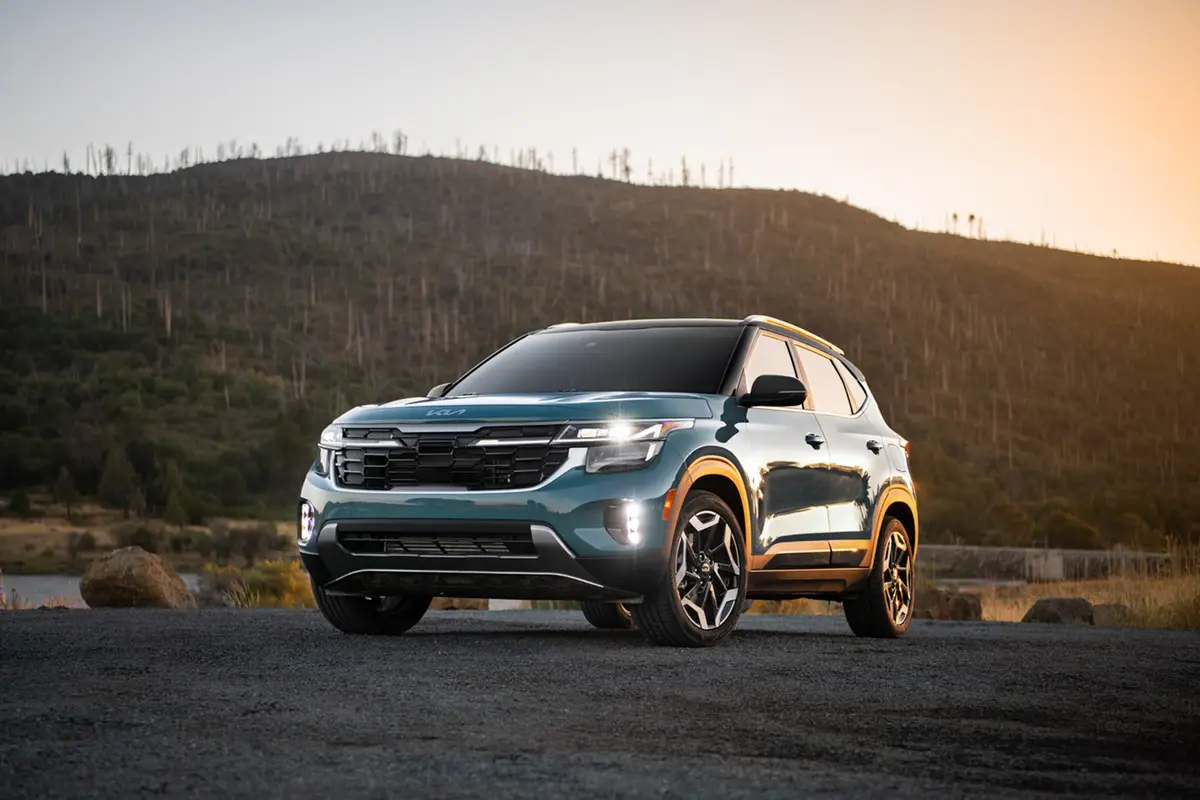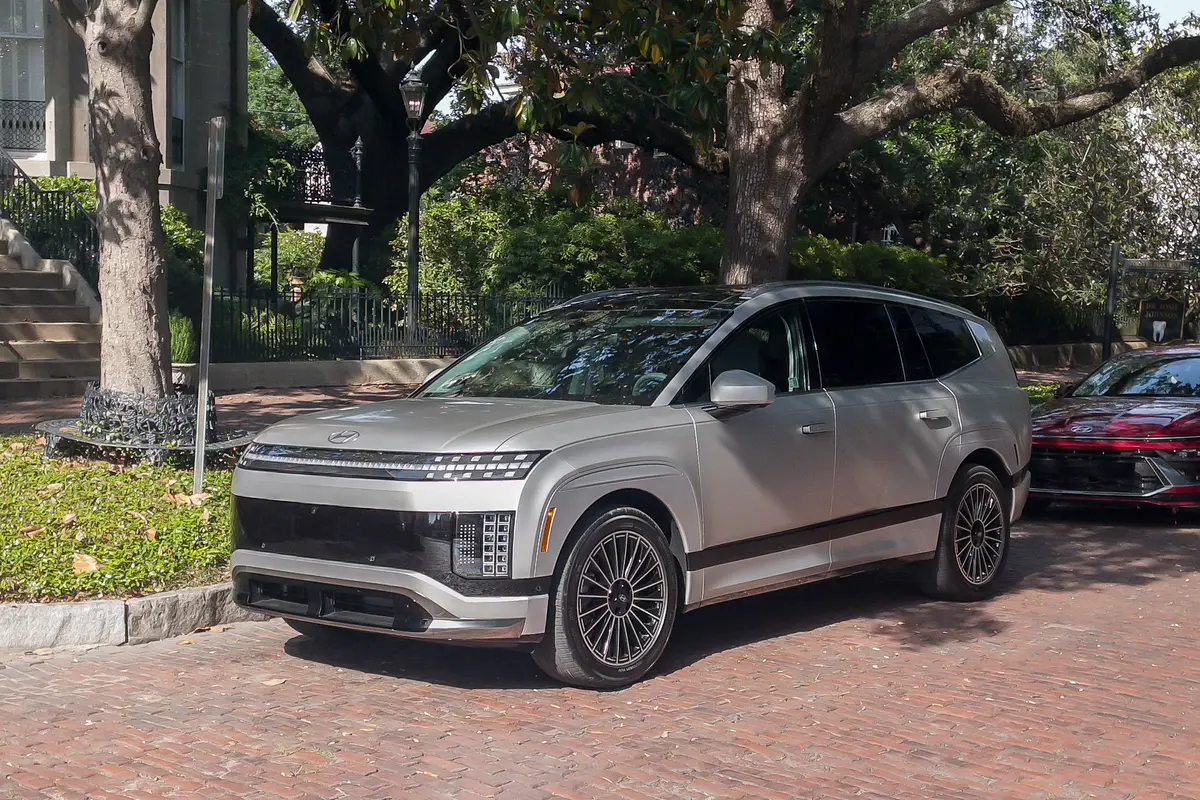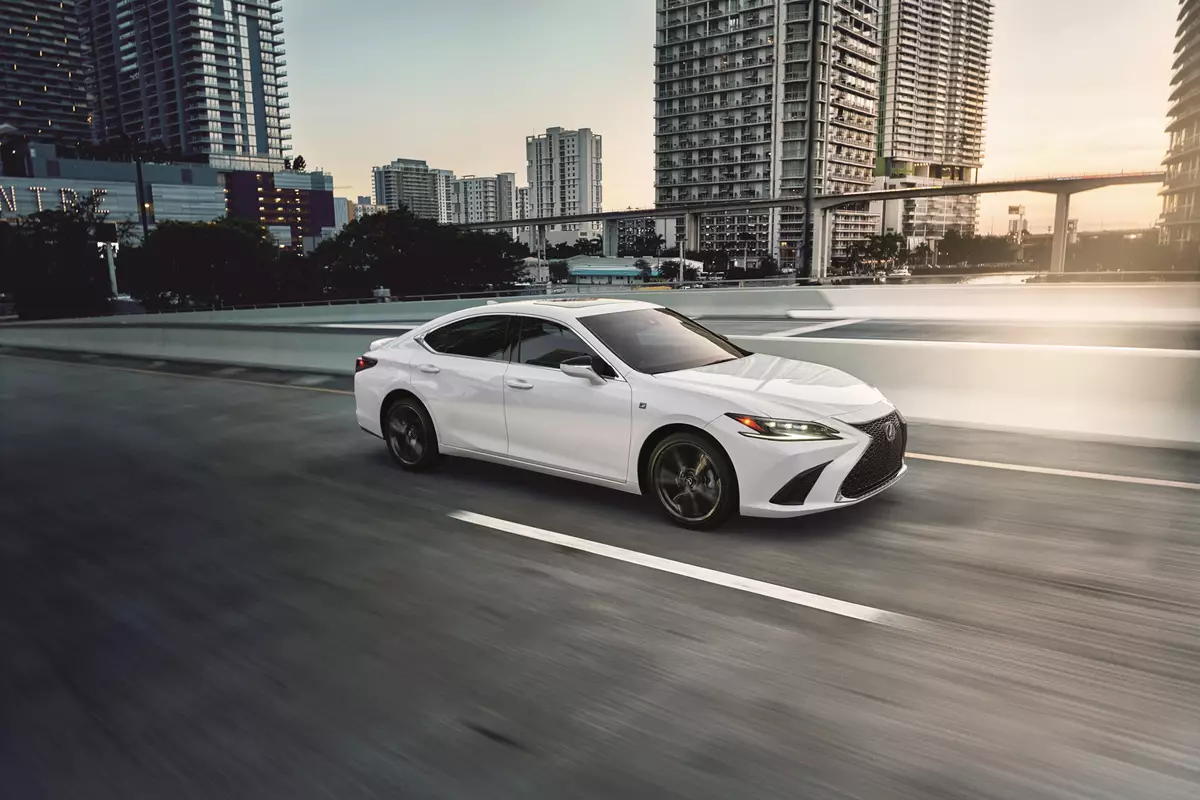chicagotribune.com's view
Has gravity got you down? Does the word “sag“ sum up your physique? Is your daily exercise limited to sucking the stomach in so the slacks you bought last week still fit?
Then grab a brew, pull the handle on the recliner and accept the fact you`re a couch spud and the 1993 Ford Ranger pickup truck is not for you.
On the other hand, can you balance a book on top of your head while walking across a room? When you sit, is your back so straight your shoulders touch the back of the chair? In high school did you win the posture prize?
Then jog thee down to your neighborhood Ford dealer and check out the 1993 Ranger.
For 1993 Ford remade its Ranger, the industry`s top-selling compact truck with sales of more than 200,000 units for the 1992 model year.
All the sheet metal is new. Body panels are rounded. Grilles are bolder, especially on the 4×4 version because buyers said they wanted the 4×4 to look different from the two-wheel-drive model.
Having just test-driven the `93 Toyota T100 pickup (Business, Monday, Nov. 16) with its Plain Jane/Joe design, the Ranger was a breath of fresh air. However, as with all vehicles, you have to get inside and drive it, and that`s where the Ranger comes up short against the Toyota.
The Ranger STX we drove comes with a 3-liter, 145-horsepower V-6 as standard (100-h.p. 2.3-liter 4 is standard in all but the STX) and a 4-liter, 160-h.p. V-6 (the rival to Chevrolet`s 4.3-liter 125- to 165-h.p. V-6as an option.
The Chevy S-10, by the way, undergoes its styling revamp for the 1994 model year when a 200-h.p.-plus version of the 4.3-liter V-6 will be offered. It will be the first major design overhaul since the S-10 was introduced in the 1983 model year.
Our test vehicle came with the 4-liter and 4-speed automatic. No complaint about the 4-liter`s ability to scoot down the track. There was a little growl at initial acceleration, but in a pickup you want more than a purr.
The gripe is with the Ranger seat. To say you sit up straight and rigid is an understatement. Our first move was to reach for the seat-back adjustment to recline it a little. Sorry, the seat back is up against the rear of the cab and there`s no room to fiddle with it.
Remember the sight gag in which somebody hits the wrong button and the guy in the hospital bed ends up a mattress sandwich. That`s similar to what you`ll experience in the Ranger. Even short-distance travel is a chore. Compounding the problem, the seat comes with a lower thigh extension that can be pulled out. It`s a dust catcher that you may use perhaps once a year. And then there`s the bladder adjustment (the seat`s not yours) so that if you aren`t totally aggravated, you can push the button and pump up the seat sides or back to make the ride even more unpleasant.
If you`re considering a Ranger truck, check out the extended-cab version, which not only provides an area behind the seats to store some groceries or luggage or a tiny kid but also allows the seat to recline so you can slump in peace.
One other gripe with the Ranger was the ride. Our test vehicle came with P235/R75-15 all-terrain tires. Maybe it was the treads, maybe the suspension, perhaps both, but be prepared for more than the usual up-and-down jostling over bumps or uneven pavement. It`s not the rough, slap-your-head-against-the- roof-type roller-coaster ride, but it is a steady up-and-down motion as if in an elevator that can`t decide whether to stop on the first or third floor and keeps bypassing two. We suggest the smaller and smoother P225/R75-15 all- season tires.
The Toyota T100, though admittedly larger with a 121.8-inch wheelbase versus 108 inches on the Ranger, provides much smoother car-like ride and handling while the Ranger is very much truck-like in how it behaves. We suspect the all-terrain tires were more than a partial influence.
Ranger offers rear-wheel anti-lock brakes as standard but no air bag.
We test-drove the Ranger STX four-wheel-drive version. STX means some added sporty exterior touches, such as decals, and four-wheel-drive means you`ll get through a winter in the Snow Belt with a minimum of worries.
All Ranger four-wheel-drive models come with push-button 4×4 activation as standard. So if you suddenly spot trouble in the road ahead or find the sand or mud starting to tickle the axles when you take Ranger off the main drag, you need only reach forward and push the button in the dash to engage all four wheels. It`s very handy. Not only is it more convenient than having to grab for a floor-mounted transfer case, but the absence of a case also saves lots of room up front.
Other features worth noting are new single-key locks and galvanized zinc precoating on all exterior sheet metal along with such new options as power mirrors; bodyside moldings; floor consolette with dual cupholders, which should be considered; and the all-terrain tires, which shouldn`t be unless your driveway doubles as a gravel pit.
Base price for the 4×4 Ranger STX is $14,719. Add $1,169 for automatic transmission ($990) and the 4-liter V-6 ($179).
Give Ranger a look, but give your back a break and check out the extended-cab version, which starts at about $1,500 more yet is much cheaper than visits to a chiropractor.
Latest news



